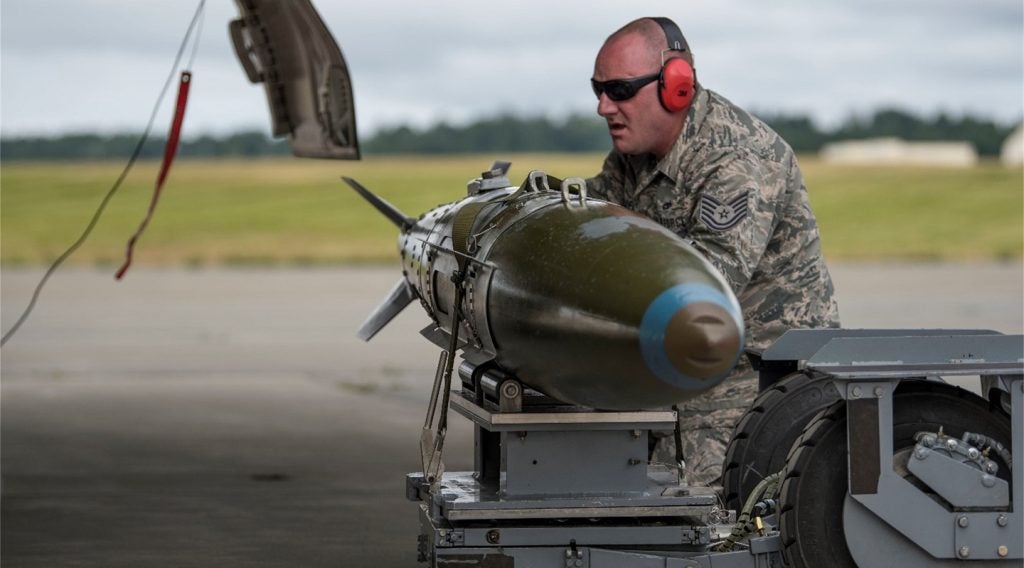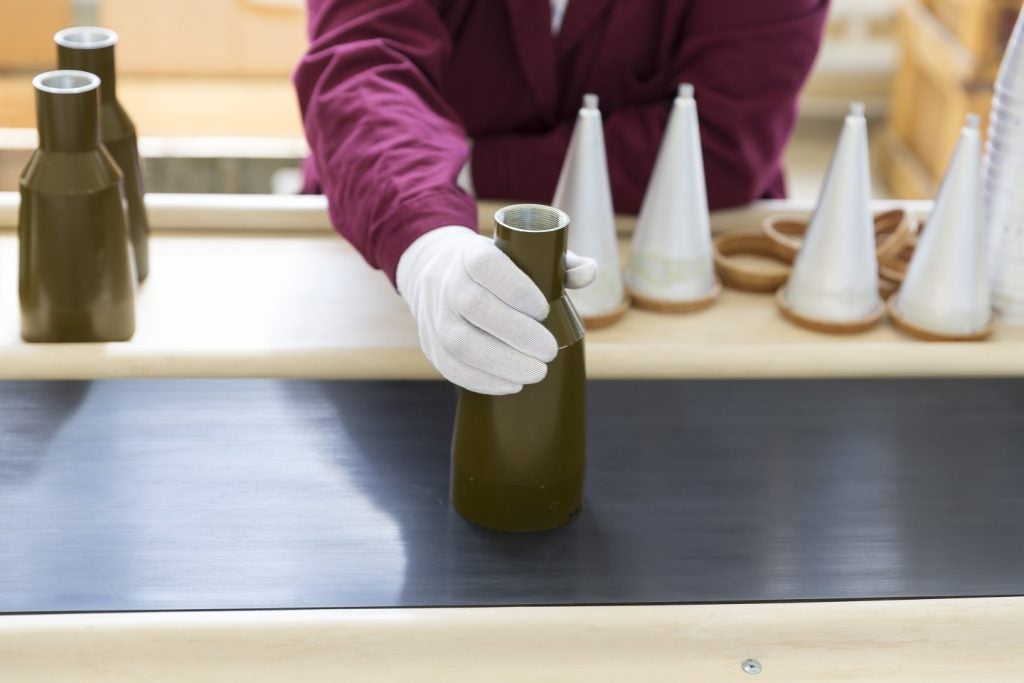The US Air Force (USAF) has selected infrared detection systems firm Block MEMS for the detection of trace chemicals such as explosive residues, chemical warfare agents and toxic industrial materials.
The company has secured a $9.8m contract from the Intelligence Advanced Research Projects Activity (IARPA) to this effect.
The award forms part of IARPA's Standoff Illuminator for Measuring Absorbance and Reflectance Infrared Light Signatures (SILMARILS) programme and is managed by the USAF Research Laboratory at Wright-Patterson Air Force Base, Ohio.
Under the contract, Block MEMS will develop a system that can detect trace quantities of chemicals at standoff distances of at least 100ft.
The new class of widely tunable, high-pulse energy Quantum Cascade Lasers and detection algorithms to be developed by the company will detect and identify hundreds of chemicals on a wide range of surfaces.
Block MEMS technology vice-president Dr. Anish Goyal said: "Standoff detection of trace chemicals, such as explosive residues, chemical warfare agents and toxic industrial materials, is a critical unmet need within the Intelligence Community, Department of Defense, and Department of Homeland Security.
How well do you really know your competitors?
Access the most comprehensive Company Profiles on the market, powered by GlobalData. Save hours of research. Gain competitive edge.

Thank you!
Your download email will arrive shortly
Not ready to buy yet? Download a free sample
We are confident about the unique quality of our Company Profiles. However, we want you to make the most beneficial decision for your business, so we offer a free sample that you can download by submitting the below form
By GlobalData"There are also many commercial applications for sensitive, standoff chemical detection.
"Block's QCL technology combined with advanced data analytics makes it possible to meet the challenging performance goals of the SILMARILS programme."
The SILMARILS programme aims at developing a portable system for real-time standoff detection and identification of trace chemical residues on surfaces using active infrared spectroscopy at a 30m range.







